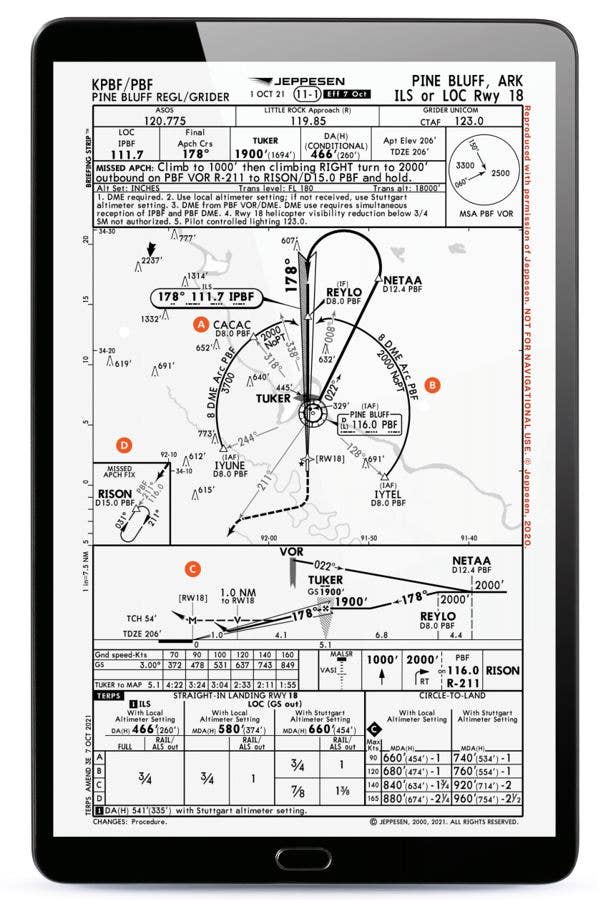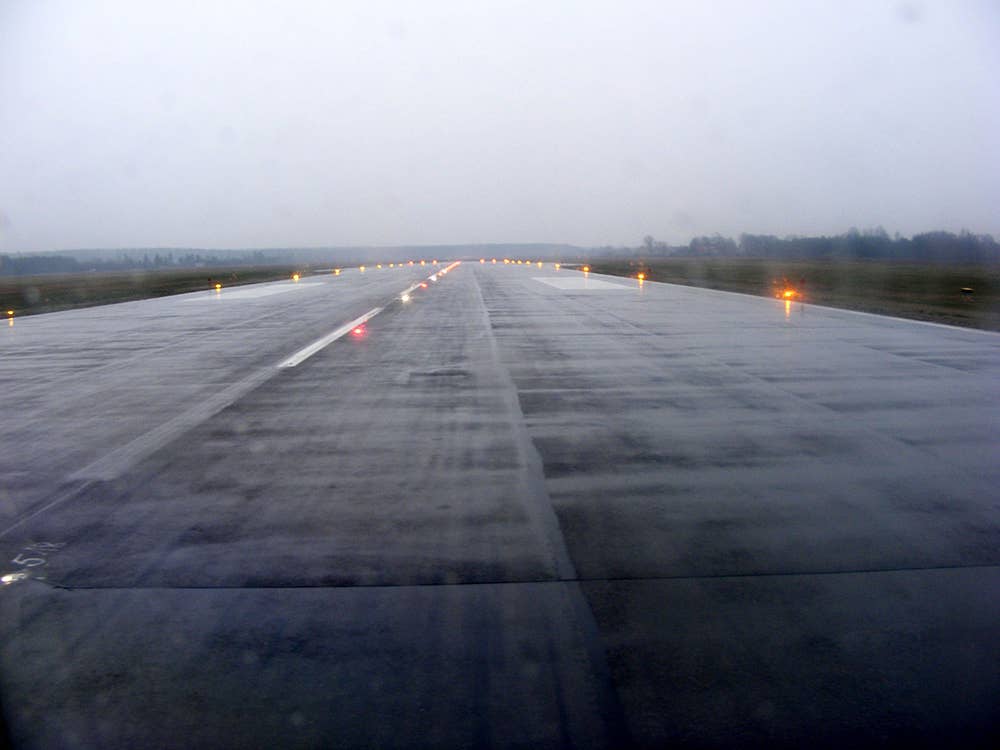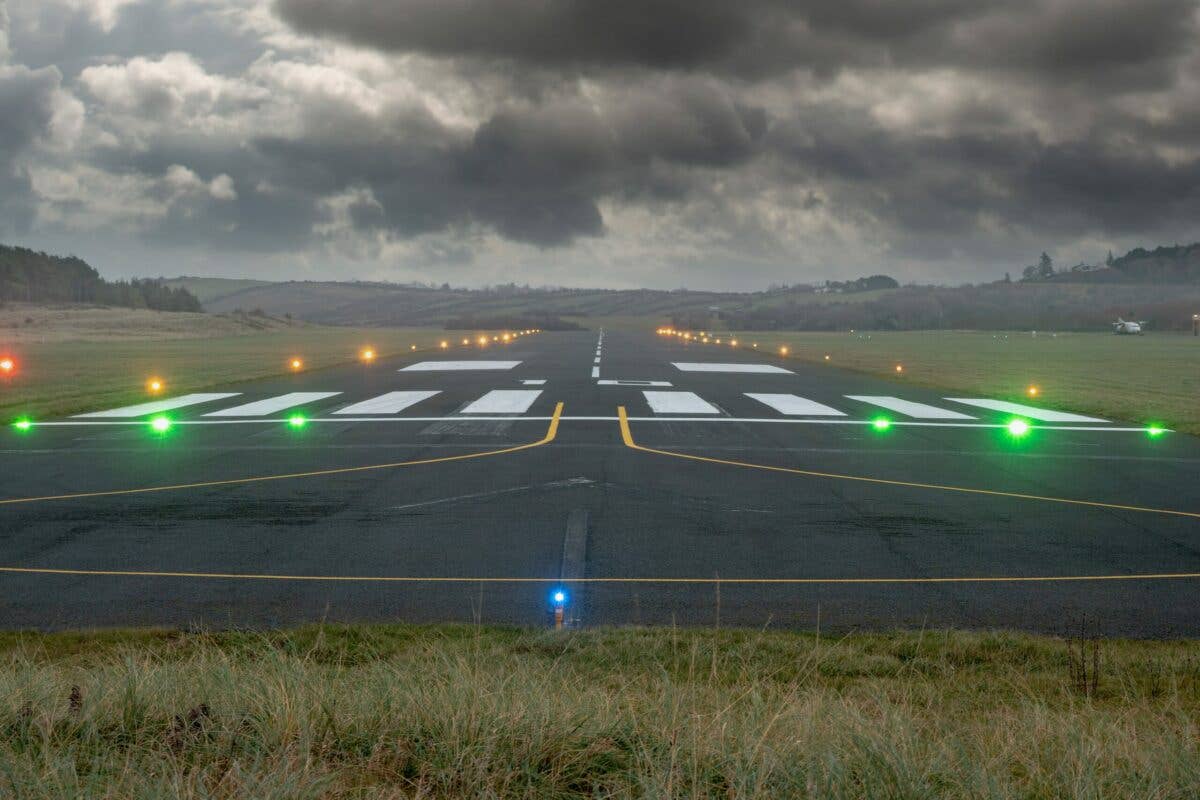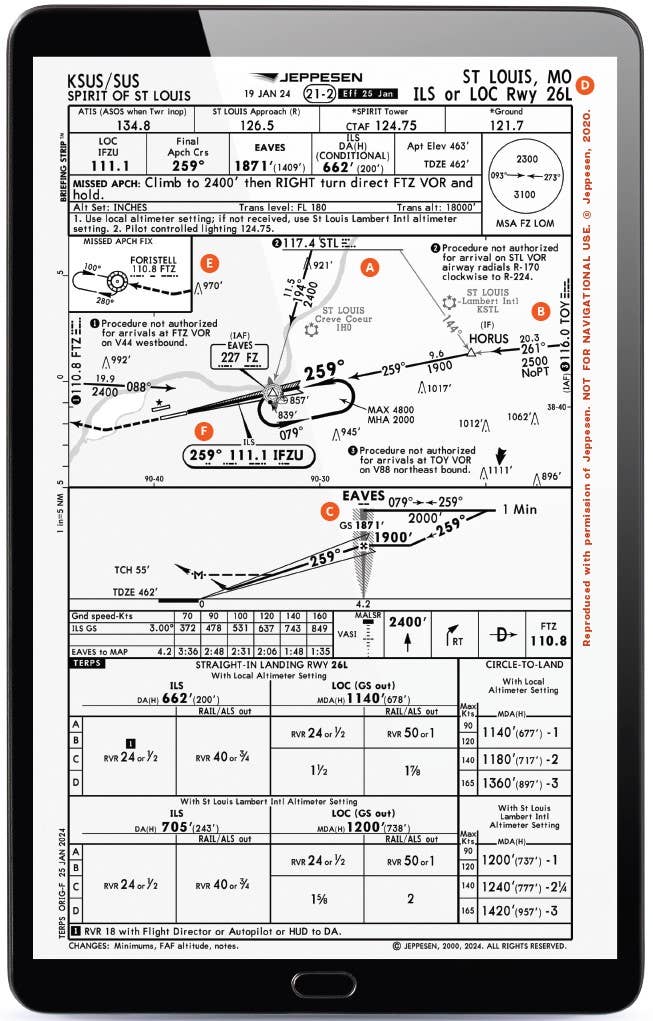Pine Bluff, Arkansas ILS LOC RWY 18
The approach into this non-towered rural airport is surprisingly complex at first glance.

[Reproduced with permission of Jeppesen. Not for Navigational Use]
A pilot will find the town of Pine Bluff in the heart of a rich agricultural area in the Arkansas River Basin south of Little Rock, Arkansas. While you might consider it a straightforward approach—with the non-towered airport’s single runway (18/36) served by an ILS to Runway 18—the approach plate is a pretty busy one when you first take a look at it
If you're not already a subscriber, what are you waiting for? Subscribe today to get the issue as soon as it is released in either Print or Digital formats.
Subscribe NowA. DME ARCS—Three of Them
While some approaches will have a DME arc that a pilot may choose to use to establish onto an approach, this particular approach has three DME arcs. Three DME arcs?! Okay, one DME arc isn’t that common anymore. Three of them on the same approach is downright rare. But you might choose one to establish yourself onto the approach. The one you choose depends on the direction you are coming toward the airport. They all start at the PBF VOR.
If you were coming from the south, you could transition from the PBF VOR onto the 022-degree radial for the teardrop-shaped DME arc 12.4 miles from the VOR, onto the inbound course of 178 degrees on the localizer.
Coming from the west, you might choose to go to the PBF VOR and then outbound on the128-degree radial to IYTEL and fly the 8-mile DME arc with a left turn onto the inbound course.
Coming from the east, you might do the opposite and fly from the PBF VOR outbound on the 244-degree radial to the IYUNE IAF and fly right turns to the final approach fix while following the 8 DME arc. These two options don’t require a procedure turn and allow the pilot to get established onto the approach without making hard turns. You could always navigate to any of the IAFs using the GPS, as well. Or get vectors from ATC when they are available.
B. DME ARC to the ILS
If you happen to be flying a DME arc using the PBF VOR, be sure to switch your navigation source over to the ILS/LOC when inbound. While the VOR is close to aligned with the inbound course, it isn’t directly in alignment with the airport and isn’t located on the field. A failure to switch navigation sources could have a pilot flying the “wrong line” toward the airport and result in being on an incorrect approach path.
C. No DME for the Maps
While you might be using DME on the ARC, there is no DME given for stepdown points or missed approach points along the ILS/LOC course. You will need to identify the FAF at the TUKER OM and the missed approach point either using time (for a LOC approach) or at a decision height.
D. Missed Transition, ILS to VOR
Going missed on this approach requires transitioning from navigating inbound on the ILS/LOC frequency to using the VOR. It also isn’t a straight transition. It requires the pilot to make a right turn to intercept the 211 radial and then fly it outbound to the RISON intersection at 15 DME where a hold will begin. This might require the pilot to pay a little extra attention to intercepting the radial than just following it immediately outbound. A turn to something more than 211 degrees after going missed will be required to intercept that radial.
This article was originally published in the April 2023, Issue 936 of FLYING.

Subscribe to Our Newsletter
Get the latest FLYING stories delivered directly to your inbox







